I have written a program like so:
# Author: Evan Gertis
# Date : 11/09
# program: Linear Regression
# Resource: https://seaborn.pydata.org/generated/seaborn.scatterplot.html
import seaborn as sns
import pandas as pd
import logging
logging.basicConfig(level=logging.INFO, format='%(asctime)s - %(levelname)s - %(message)s')
# Step 1: load the data
grades = pd.read_csv("grades.csv")
logging.info(grades.head())
# Step 2: plot the data
plot = sns.scatterplot(data=grades, x="Hours", y="GPA")
fig = plot.get_figure()
fig.savefig("out.png")
Using the data set
Hours,GPA,Hours,GPA,Hours,GPA
11,2.84,9,2.85,25,1.85
5,3.20,5,3.35,6,3.14
22,2.18,14,2.60,9,2.96
23,2.12,18,2.35,20,2.30
20,2.55,6,3.14,14,2.66
20,2.24,9,3.05,19,2.36
10,2.90,24,2.06,21,2.24
19,2.36,25,2.00,7,3.08
15,2.60,12,2.78,11,2.84
18,2.42,6,2.90,20,2.45
I would like to plot out all of the relationships at this time I just get one plot:
Expected: all relationships plotted
Actual:
I wrote a basic program and I was expecting all of the relationships to be plotted.


